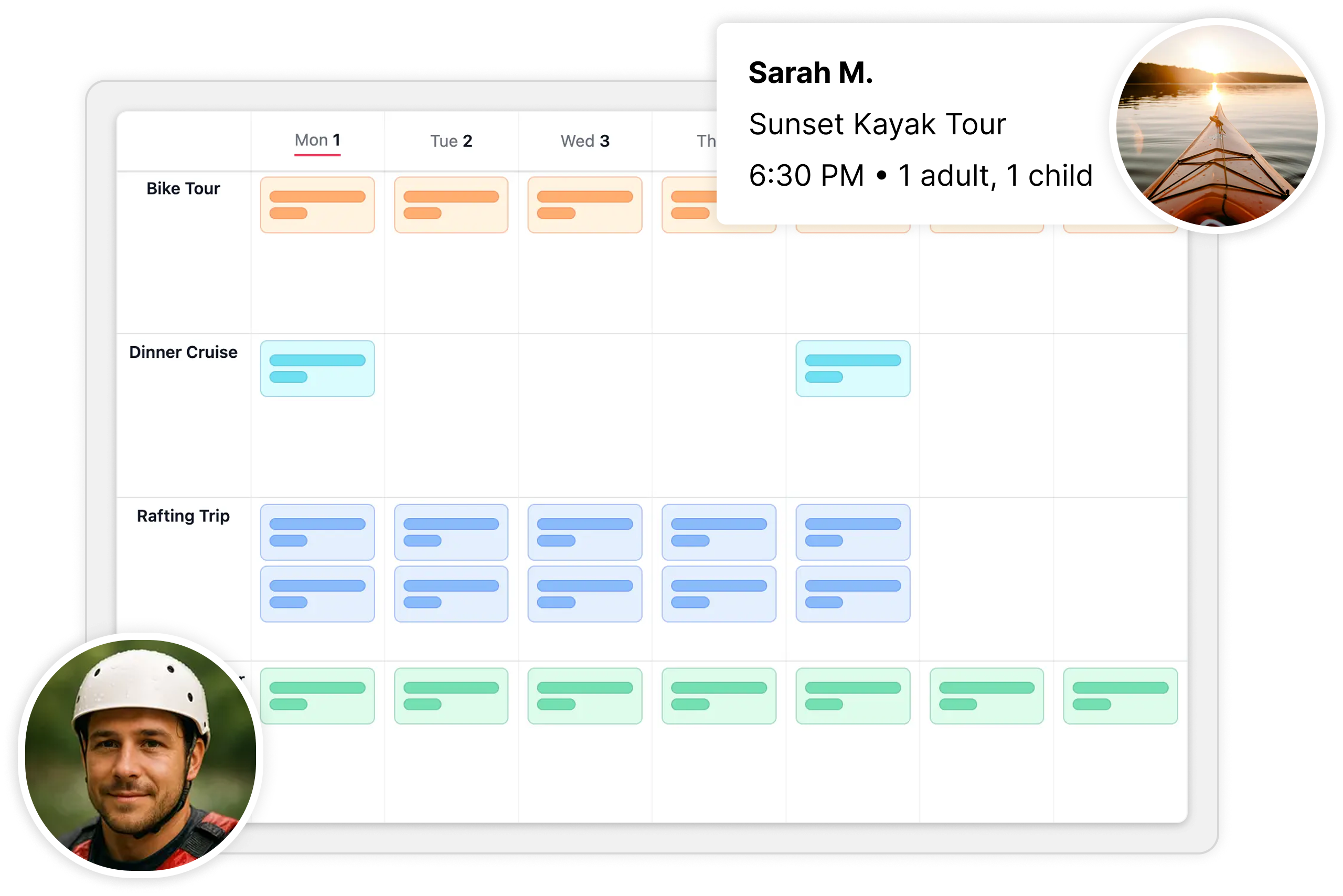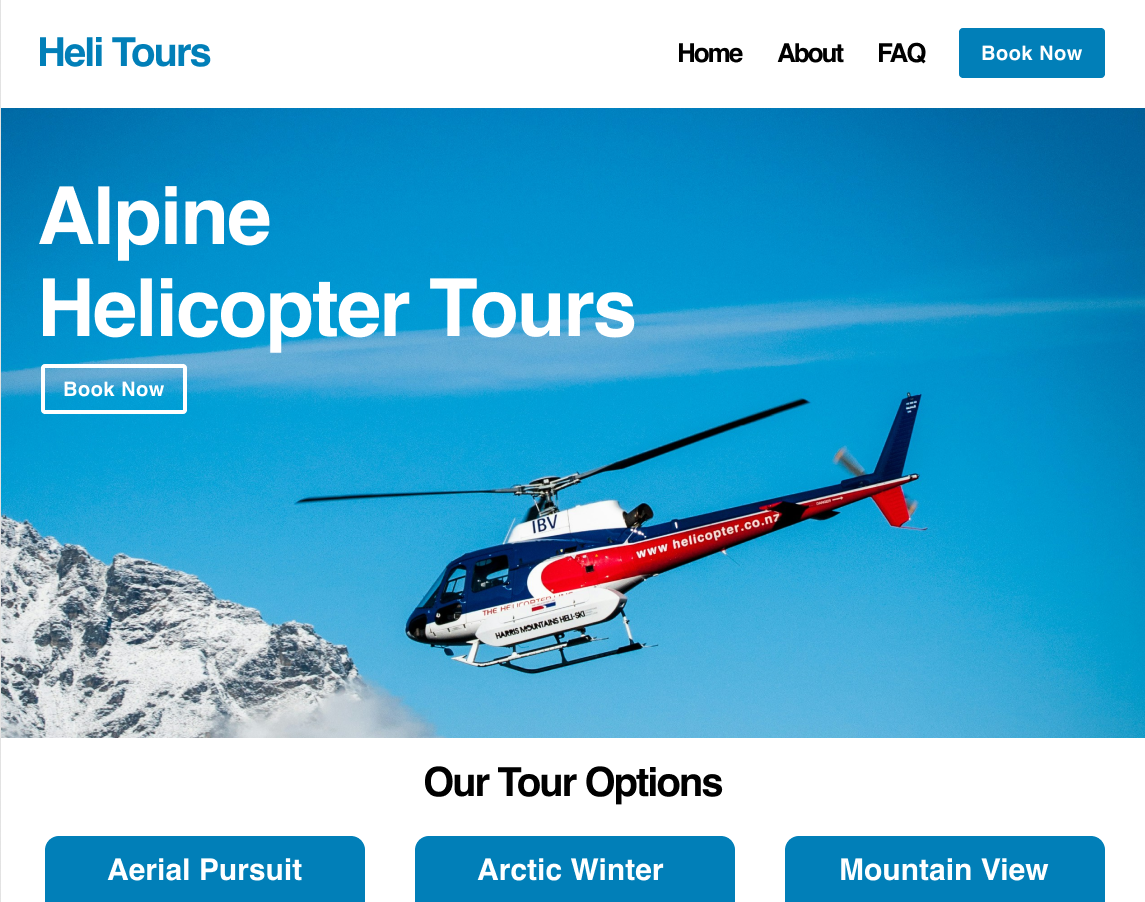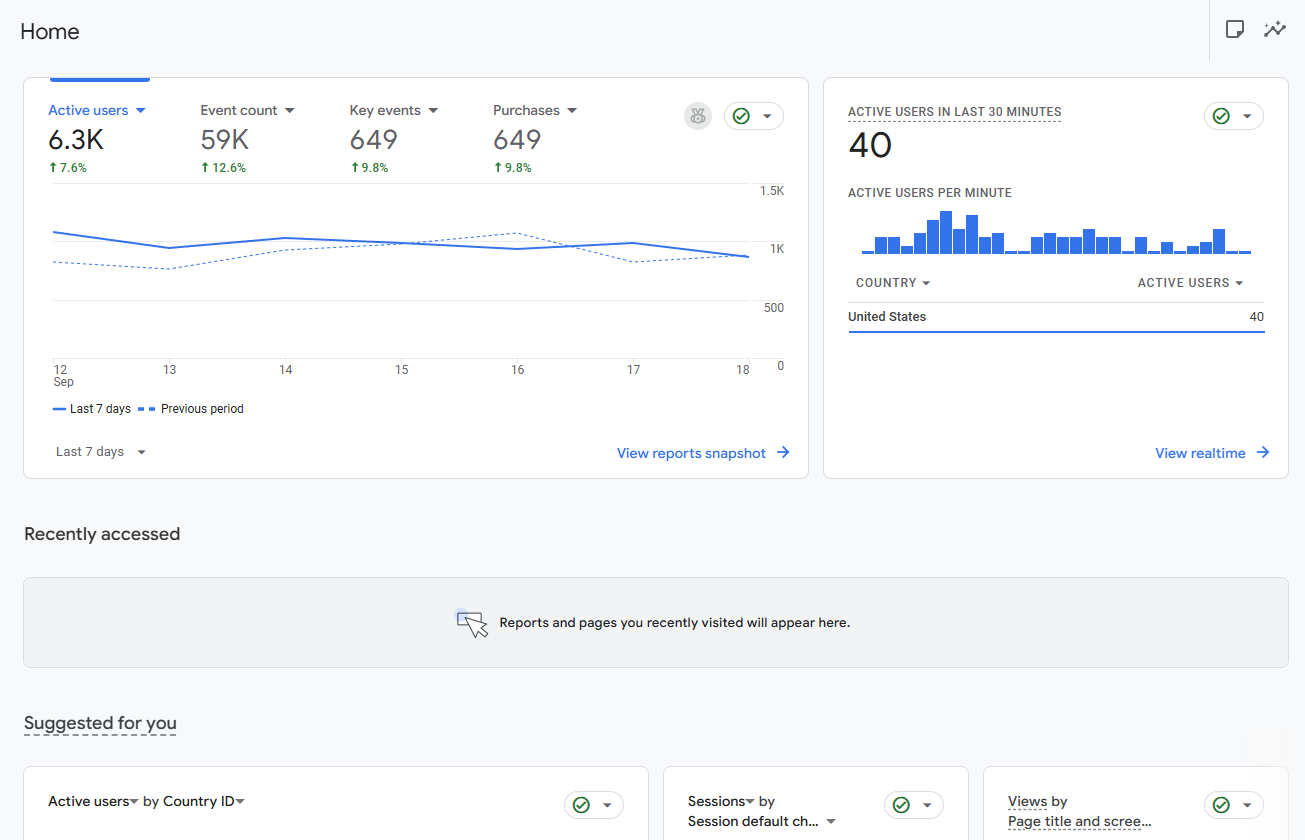The 2025 Tour Operator Tech Stack: Top 6 Tools You Actually Need
Jarod LaFalce
Co-Founder / COO of BookingTerminal
Published on: September 19, 2025 | Estimated Read Time: 8 minutes
Introduction
As a tour operator, your main focus is creating amazing experiences for your customers. It’s what you excel at, enjoy, and what people will remember and talk about. But behind the scenes, there are countless operational tasks that are necessary to keep your business running smoothly— and many of them are time-consuming.
The good news? In today’s digital age, software can help you tackle these tasks and grow your business more efficiently. You don’t need to subscribe to every tool on the market. That’s why this list focuses on the essential digital tools every tour operator should consider in 2025. Start with these, and only add more if you truly need them—you’ll be surprised how much impact the right tools can have on your operations and growth.
1. Booking & Reservation System
Purpose: The Digital Backbone of Your Tour Operations
Booking software is the cornerstone of any modern tour operator’s tech stack. It simplifies your operations while also streamlining the booking process for your customers. By digitizing your offerings and schedules, customers can book in real time on your website in minutes—no phone calls required.
At the same time, your booking system acts as a central hub for managing your tours. Some of the tasks it handles:
- Payments and refunds
- Customer communications
- Real-time availability and scheduling
- Centralized booking records (no more spreadsheets or notepads)
BookingTerminal provides all of these features with below-average fees and above-average simplicity and support. If you want to streamline your operations and delight your customers, schedule a demo today!

2. Website & Online Presence
Purpose: Your Brand’s Digital Spotlight
In the digital age, your website is the most powerful way to showcase and grow your tour brand. A clean, conversion-focused site highlights your offerings, connects directly to your booking software, and gives you space to publish content that fuels your marketing. Most importantly, it turns browsers into paying customers.
Your website should work for you—not create extra work. You can go the DIY route with tools like Squarespace or WordPress. Or, you can outsource the build through an agency or even your booking software provider. For example, BookingTerminal offers a professional, SEO-friendly tour operator website for just $25/month for software users—an affordable way to launch a booking-ready site without the headache.
Why it matters:
- Builds trust with potential customers in seconds
- Provides a hub for all your marketing efforts
- Seamlessly connects to your booking system for real-time reservations
Explore how BookingTerminal’s website solution can help you attract more bookings and grow your brand.

3. Customer Relationship Management (CRM)
Purpose: Track and Nurture Customers
As a tour operator, you’re really in the people business. Your job is to create unforgettable experiences and spark the kind of word-of-mouth that keeps your bookings growing. From attracting new guests to re-engaging past ones, the goal is always the same: delight.
But with so many people interacting with your business across different channels, keeping track in your head—or even in a spreadsheet—quickly becomes unmanageable.
That’s where a CRM platform comes in. It gives you one central place to organize contacts, track how they’ve engaged with you, and automate tasks so no lead slips through the cracks. Instead of juggling sticky notes and guesswork, you can nurture relationships at scale.
Some popular CRMs used by tour and activity operators include Pipedrive (simple and visual sales tracking), Zoho CRM (affordable and customizable), and HubSpot (strong for marketing and lead nurturing).
4. Marketing & Communication Tools
Purpose: Reach and Engage Your Audience
Even with the best tours in the world, you won’t fill seats if people don’t know you exist. Marketing and communication tools help you stay connected with potential and past customers in a consistent, scalable way.
For most operators, email marketing is the simplest and most effective channel. Platforms like Mailchimp, Constant Contact, or Klaviyo let you send professional-looking newsletters, announce seasonal specials, and share updates about your business. These tools also allow you to track opens and clicks, so you can learn what messages resonate most and refine your approach over time.
The real power comes from consistency — sending a monthly or quarterly update keeps your brand top-of-mind, sparks word-of-mouth, and encourages repeat bookings, all without needing a big marketing budget.
5. Analytics Platforms
Purpose: Power Business Decisions with Data
Whether you’re running ads, adjusting your website, or updating your offerings, making decisions based on data is critical. Without it, you’re relying on guesses and gut feelings — which may be right sometimes, but numbers give you confidence and clarity.
For your online presence, Google Analytics (and its broader suite) is a tour operator’s best friend. When properly set up with your website, it captures key insights like:
- Where your visitors are coming from (referral channels)
- How they navigate your website (pages visited, time on site)
- Where they drop off before booking
- What search queries lead them to your site
- …and much more
With this data, you can identify which marketing channels are working, optimize your website for conversions, and make informed decisions that grow your business instead of relying on trial and error.

6. Automation & Integration Tools
Purpose: Connect Your Tools and Save Time
Running a tour operation often means using multiple digital tools. Manually moving data between systems wastes time and introduces errors. That’s where automation and integration tools come in.
Zapier is one of the most popular options for tour operators. It acts as a bridge between apps, letting you automatically pass data from one platform to another without writing a single line of code. For example, you could automatically add new customer contacts from your booking system to your CRM, push bookings into a spreadsheet for reporting, or trigger marketing emails to re-engage past customers.
For operators using BookingTerminal, the platform offers a native Zapier connection. This means your booking data can flow seamlessly into the other tools you already use, reducing manual work and ensuring you have consistent, accurate information across all your systems.

Conclusion
In 2025, running a successful tour operation isn’t just about delivering incredible experiences—it’s also about working smarter behind the scenes. The right digital tools can simplify operations, help you understand your customers, and give you the freedom to focus on what matters most: creating memorable adventures.
Every piece of your tech stack plays a role in making your business run smoother and grow more efficiently. Start with the essentials outlined above, and only add more tools when you truly need them—quality over quantity is key.
Ready to streamline your bookings and power your tech stack? Schedule a demo of BookingTerminal today!